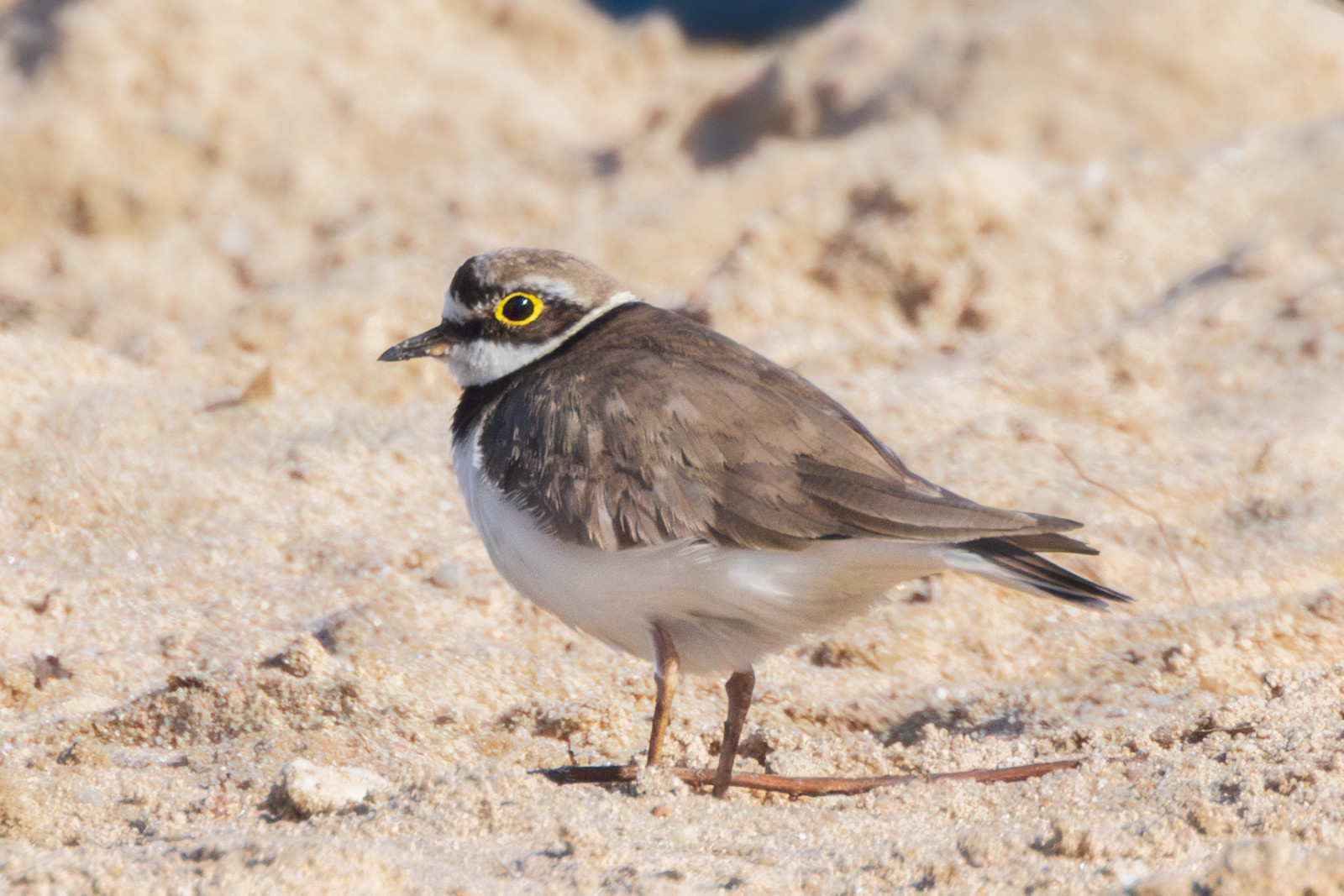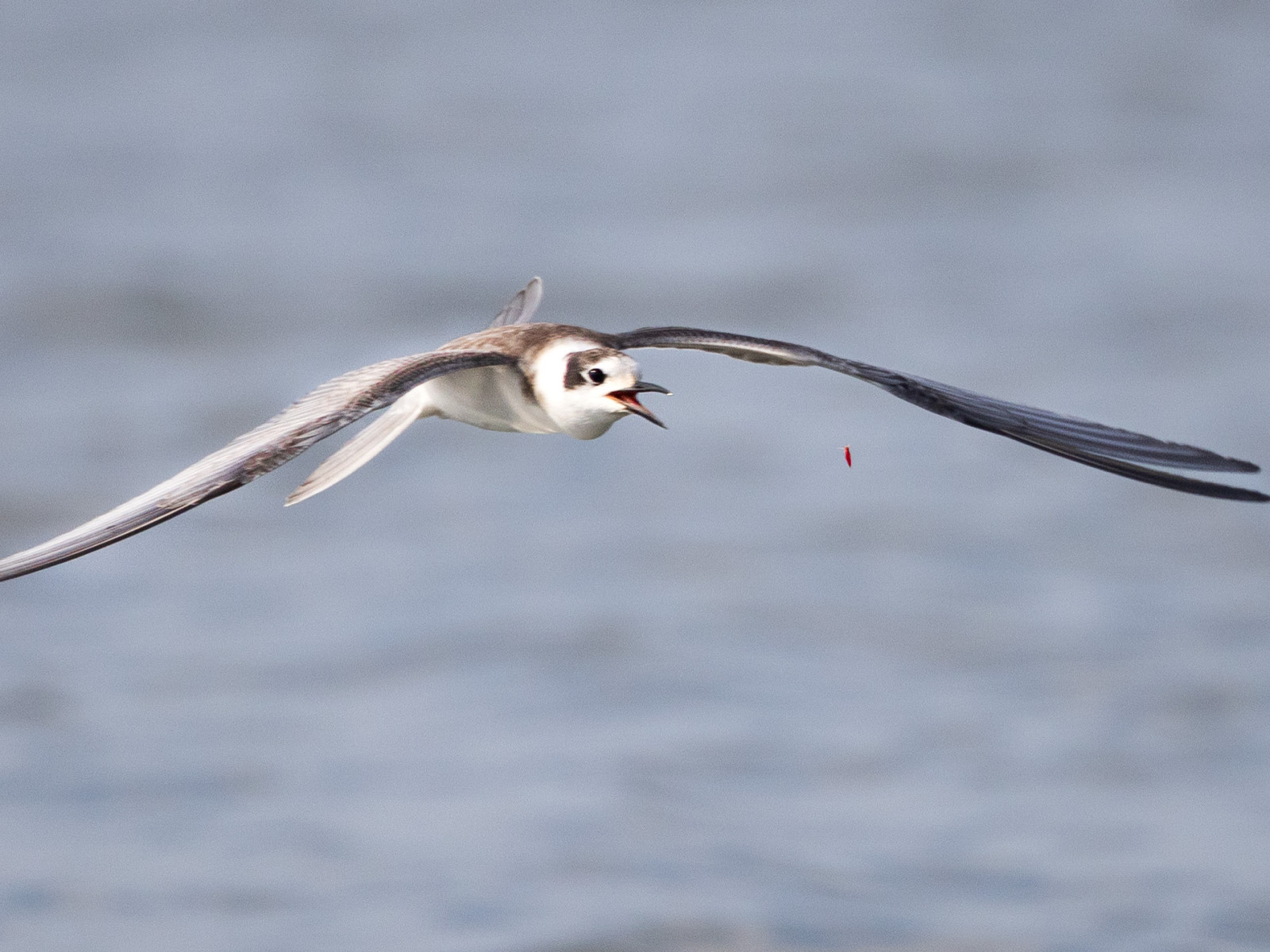Descripción
The Altmühlsee is an artificial lake in Bavaria, created in the 1970s. It serves as a water reservoir and a destination for tourism. The Vogelinsel in the northeast and the extensively managed areas around it, particularly the Wiesmet, as well as the water bodies of the Seenland, attract numerous waterbirds that can also be observed on the lake.
In winter, when the water is not frozen, it becomes a popular area for Serreta Grande, Somormujo Lavanco, a group of Barnacla canadiense grande, as well as Porrón Europeo, Porrón Moñudo, and Silbón Europeo. Among these, notable guests sometimes appear. In some years, Serreta Chica visit, and Porrón Osculado are regularly observed. Serreta Mediana, Colimbo Ártico, Colimbo Chico, and even Colimbo Grande have been recorded, although the chances of seeing those are better at Großer Brombachsee. Garceta Grande appear along the shore in winter, and among the numerous Gaviota Patiamarilla and fewer Gaviota del Caspio, some Gaviota Cana can be discerned.
Spring and autumn migrations bring exciting visitors. The Martinete Común, which breeds on the Vogelinsel, can sometimes be observed in the bushes that line the rivers around the lake. Garceta Común sightings are possible, too. Fumarel Común regularly hunt over the lake in April and May, and especially in late August and early September. Among these, the very similar, but rarer Fumarel Aliblanco and Fumarel Cariblanco are occasionally noted. Charrán ártico has been reported in some years. Gaviota Enana stay here in those months as well. From late August, few waders, including Correlimos Común and rarely the Correlimos Tridáctilo, are occasionally feeding on the sandy beaches. Here they can be observed from a shorter distance than on the Vogelinsel itself. Zampullín Cuellirrojo and Negrón especulado are scarce visitors mainly in late autumn, sometimes through to the winter months.
Rarities observed here include Gaviota Tridáctila, Pato Havelda, Falaropo Picogrueso, and Falaropo Picofino. Págalo Parásito has been recorded four times, most recently in 2016. The exceptional sighting of a Gaviota Pipizcan in spring 2023 proves that the lake may always hold surprises.
Detalles
Accesso
Individual observation points can be reached on foot from the parking areas of the respective lake centers (Seezentren): The northeastern shore (1) from Seezentrum Muhr, the southern shore and the outlet structure (2) from Seezentrum Schlungenhof or the parking area at Höhe. These spots offer the best chances for observing gulls and terns. The western shore can be accessed from Seezentrum Wald (3). Further north, the northern edge of the Vogelinsel is visible; year-round, Pigargo Europeo can be spotted in the trees, and Águila Pescadora during the warmer months. Much better than arriving by car is to cycle around the lake, possibly following an early morning visit to the Vogelinsel. The path around the lake is only accessible by bike and on foot, cars are prohibited. It is wheelchair-accessible.
Paddle boats can be rented at the lake centers (please respect the nature reserve boundary of the Vogelinsel!). Motorboats are prohibited on the lake.
Terreno y habitat
Árboles y arbustos dispersos , Lago , PlayaCondiciones
PlanoCamino circular
Sí¿Se necesita telescopio?
SíBuena época para el avistamiento de aves
Todo el añoMejor momento para visitar
Invierno , Migración de primavera , Migración de otoñoRuta
Camino ancho , Camino pavimentadoCamino difícil de andar
FácilAccesible vía
A pie , Bicicleta , Silla de ruedasEscondite de observación / plataforma
NoInformación extra
The lake is used all year round for various sailing sports, which usually causes little disturbance to the birds. In summer it was a popular bathing area. However, due to phosphorus inputs from agriculture (40 tonnes per year) and climate change-induced warming of 4°C, cyanobacteria are increasingly spreading, making swimming impossible. It remains to be seen what impact this will have on bird life.
In winter, the lake surface may be frozen. Then it may be worth searching the surrounding fields for feeding Ánsar común, Ánsar careto, Zarapito Real, and even rarer visitors.





